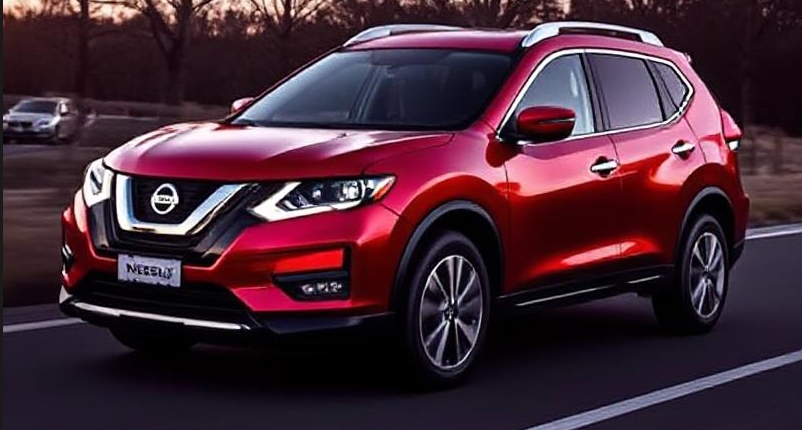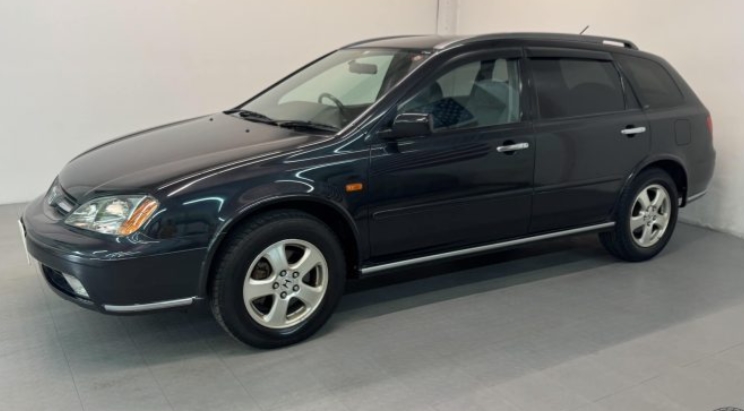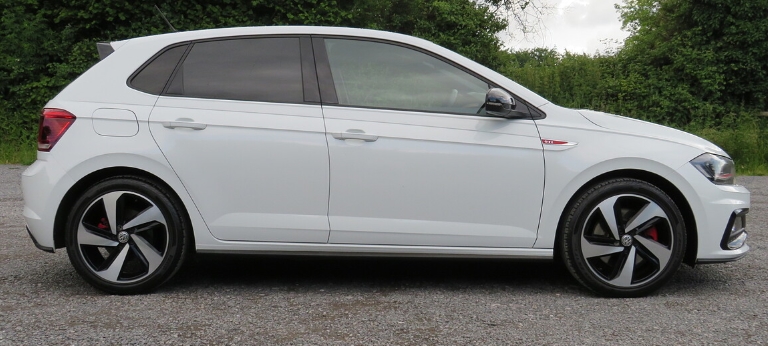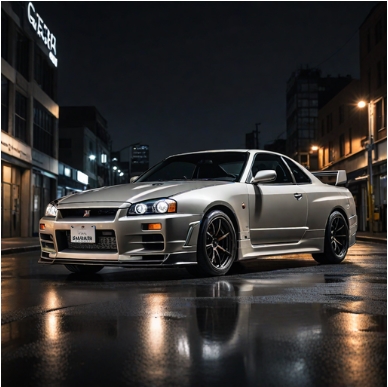The Evolution of the Nissan Rogue
The Nissan Rogue has come a long way since its debut in 2007. As one of Nissan’s most popular vehicles, the Rogue has undergone significant changes in design, performance, technology, and market positioning. With a growing customer base attracted to the compact crossover segment, the Nissan Rogue has adapted over the years to meet consumer demands and enhance its competitiveness. This article explores the evolution of the Nissan Rogue, including the years produced, models, and trim levels offered along the way.
First Generation: 2007 – 2013
The first generation of the Nissan Rogue was introduced in 2007, slotting below the larger Nissan Murano in the company’s crossover lineup. The Rogue was designed on the Nissan C platform, shared with the Nissan Sentra and Nissan X-Trail.
2007 – 2008:
Initially offered as a five-door compact crossover, the 2007 Rogue came standard with a 2.5-liter inline-four engine producing 170 horsepower, coupled with a continuously variable transmission (CVT) that provided smooth acceleration. It was available in two trim levels: S and SL. Standard features included keyless entry, air conditioning, and a CD player, while higher trims added options like a sunroof, premium audio, and leather seats.
2009 – 2011:
In subsequent years, Nissan expanded the Rogue’s appeal with new trims and features. The 2009 model year saw the introduction of the Rogue Krom Edition, a sportier version that added unique styling elements such as special wheels, body kits, and unique interior accents. The 2011 model year was highlighted by a minor restyling that included updated front-end styling and improved interior materials.
.
Is it road trip time? There’s plenty of excellent routes to travel to, take a pit stop & explore the area, all while in the comfort of your hot rod, muscle car, classic auto, daily driver, or whatever you may be driving.
Top Destinations for Car Cruises
.
2012 – 2013:
The 2012 model introduced additional safety features such as the standard rearview camera and optional features like navigation, while the introduction of the Midnight Edition trim package in 2013 emphasized a trendy, stylish version of the Rogue.
Second Generation: 2014 – 2020
The second generation of the Nissan Rogue was introduced at the 2013 Los Angeles Auto Show, arriving in dealerships as a 2014 model. This generation saw significant changes, including a more refined design and a larger, more spacious interior.
2014 – 2015:
The 2014 Rogue was eager to capture a share of the growing crossover market. It was available in three trims: S, SV, and SL, with optional all-wheel drive. The engine remained a 2.5-liter engine, but improvements in fuel efficiency made it capable of achieving up to 33 mpg on the highway. The Rogue also debuted a third-row seat in select models, enhancing passenger capacity.
2016 – 2017:
For 2016, Nissan introduced the Rogue Sport, a smaller variant that appealed to urban drivers looking for a compact crossover. The Rogue’s engine was enhanced with options for features like forward collision warning, automatic emergency braking, and lane departure warning as part of the Nissan Safety Shield suite.
2018 – 2020:
As the Rogue continued into 2018, the introduction of the ProPilot Assist feature brought a taste of semi-autonomous driving technology, enhancing the driving experience with adaptive cruise control and lane-centering capabilities. The Rogue lineup featured trims of S, SV, SL, and the Sport trim, offering consumers diverse choices tailored to various preferences.
Third Generation: 2021 – Present
The third-generation Nissan Rogue debuted in October 2020 as a 2021 model. This new iteration marked a significant redesign that emphasized modern styling and advanced technologies, signifying Nissan’s commitment to the compact crossover segment.
2021:
The 2021 Rogue showcased a bold new aesthetic with a floating roof design and a more aggressive front fascia. It featured a larger 2.5-liter engine producing 181 horsepower, paired with an updated CVT. Trim levels were expanded to include S, SV, SL, and the new sporty Platinum trim. Notable features included standard Nissan Safety Shield 360 technology and an innovative interior design with improved materials and an available 12.3-inch digital instrument display.
2022:
For 2022, the Rogue maintained its structure from 2021 but introduced new color options and packages. The introduction of the optional 1.5-liter turbocharged three-cylinder engine provided consumers with a more fuel-efficient alternative.
2023:
As the model year 2023 rolled around, the Rogue continued to solidify its standing in the market by offering new technology features such as wireless Apple CarPlay and enhanced connectivity options. The availability of three trims—S, SV, and SL—remained strong, with the Platinum trim enhancing luxury and technology.
Conclusion
The evolution of the Nissan Rogue reflects the changing demands and preferences within the automotive market. From its compact beginnings in 2007 to the technologically advanced model of today, the Rogue has adapted in terms of design, performance, and features. Its move from a simple crossover to a tech-laden family vehicle, coupled with expanding trim options, has allowed it to maintain its appeal among consumers.
The Nissan Rogue’s history encapsulates the essence of continual improvement and adaptation, proving that the brand is not only committed to remaining competitive in a crowded market but also to addressing the needs of modern drivers. Going forward, as the automotive industry continues to embrace electrification and advancements in safety and technology, it will be interesting to see how the Nissan Rogue evolves in response to these changing landscapes. For now, the Rogue stands as a testament to Nissan’s legacy of innovation and customer-focus.







